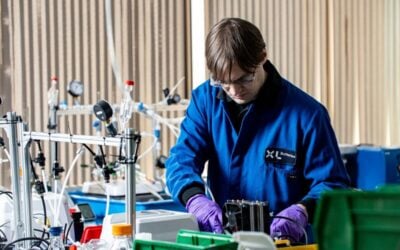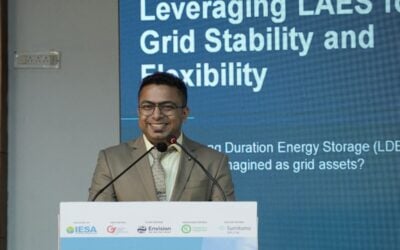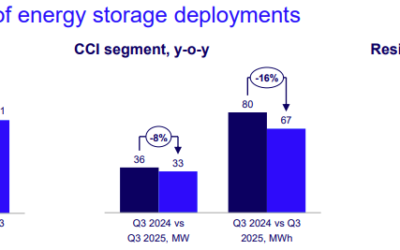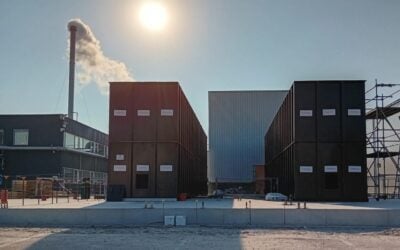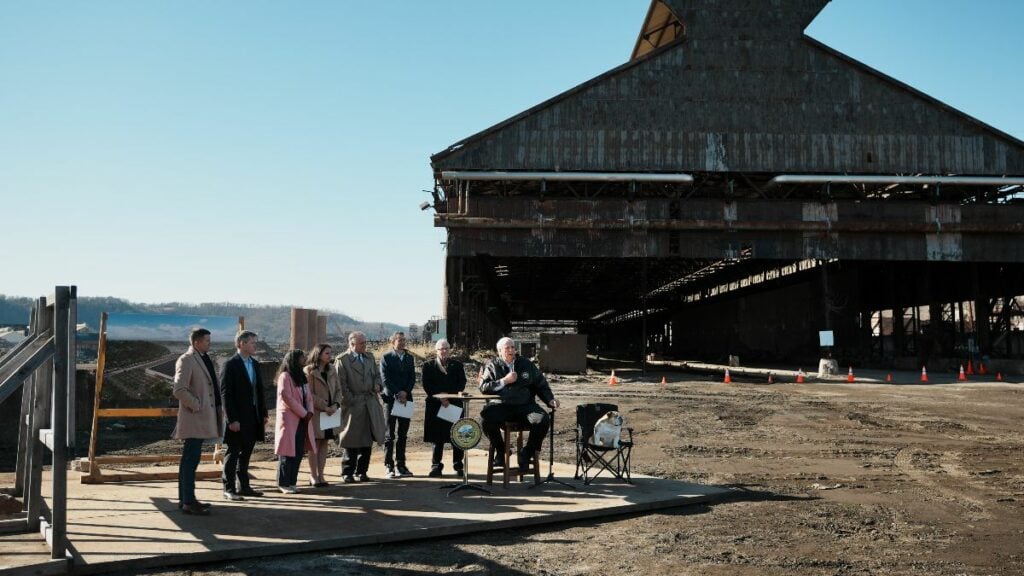
Utility Xcel Energy has received a US$20 million grant commitment from VC firm Breakthrough Energy for projects using Form Energy’s iron-air battery, while a sodium ion battery firm has secured bridge financing.
The grant from Breakthrough Energy Catalyst, part of Bill Gates-founded Breakthrough Energy, would go towards two 100-hour duration energy storage projects being deployed by Xcel Energy.
Two projects using Form Energy’s iron-air battery, totalling 10MW/1,000MWh each, will receive US$10 million subject to satisfying certain funding conditions.
The projects, announced in January, will be deployed at two retiring coal stations: Sherburne County Generating Station in Becker, Minnesota, and the Comanche Generating Station in Pueblo, Colorado. Xcel is headquartered in Minnesota.
Try Premium for just $1
- Full premium access for the first month at only $1
- Converts to an annual rate after 30 days unless cancelled
- Cancel anytime during the trial period
Premium Benefits
- Expert industry analysis and interviews
- Digital access to PV Tech Power journal
- Exclusive event discounts
Or get the full Premium subscription right away
Or continue reading this article for free
In addition to the grant funding, Xcel intends to use the tax credit incentives from the Inflation Reduction Act to further lower the cost of the iron-air battery projects, which are expected to come online in 2025.
Their total cost has not been revealed but the company has previously claimed its tech can store and dispatch energy up to 10 times more cheaply than lithium-ion, although CEO Mateo Jaramillo has also said it “is not a replacement for lithium-ion”.
Energy-Storage.news has asked Xcel Energy for more details on how much of total project cost the grant will cover, and how the remainder would be financed, and will update this article in due course.
Bob Frenzel, chairman, president and CEO of Xcel Energy, said: “Innovative long-duration energy storage technologies are crucial to achieving 100% carbon-free electricity. This Catalyst grant will accelerate adoption of this promising new technology, which allows us to provide higher percentages of renewable energy while still providing affordable electric service to our customers.”
The projects will allow Xcel to integrate more renewable energy into the grid as it retires all its coal plants by 2030.
Form Energy is investing US$760 million into a plant to produce its battery technology, which oxidises metallic iron to discharge and converts it back into iron to charge.
Sweden-based sodium-ion firm Altris raises US$5 million bridge financing
Sodium-ion technology is often touted as the next battery technology to achieve widespread commercialisation. It is much less energy-dense than lithium-ion but its much cheaper cost of raw materials and its ability to ‘drop in’ to existing lithium-ion manufacturing processes have made it the chemistry of choice for companies across the globe.
Altris has secured 50 million SEK (US$5 million) in bridge financing from its current owners, and appointed a new CEO and CFO in Björn Mårlid and Christer Bergquist, respectively.
The financing will go towards completing its sodium-ion battery manufacturing facility in Uppsala, Sweden, and follows on from a US$10 million Series A in 2022. A Series B is planned for 2023.


